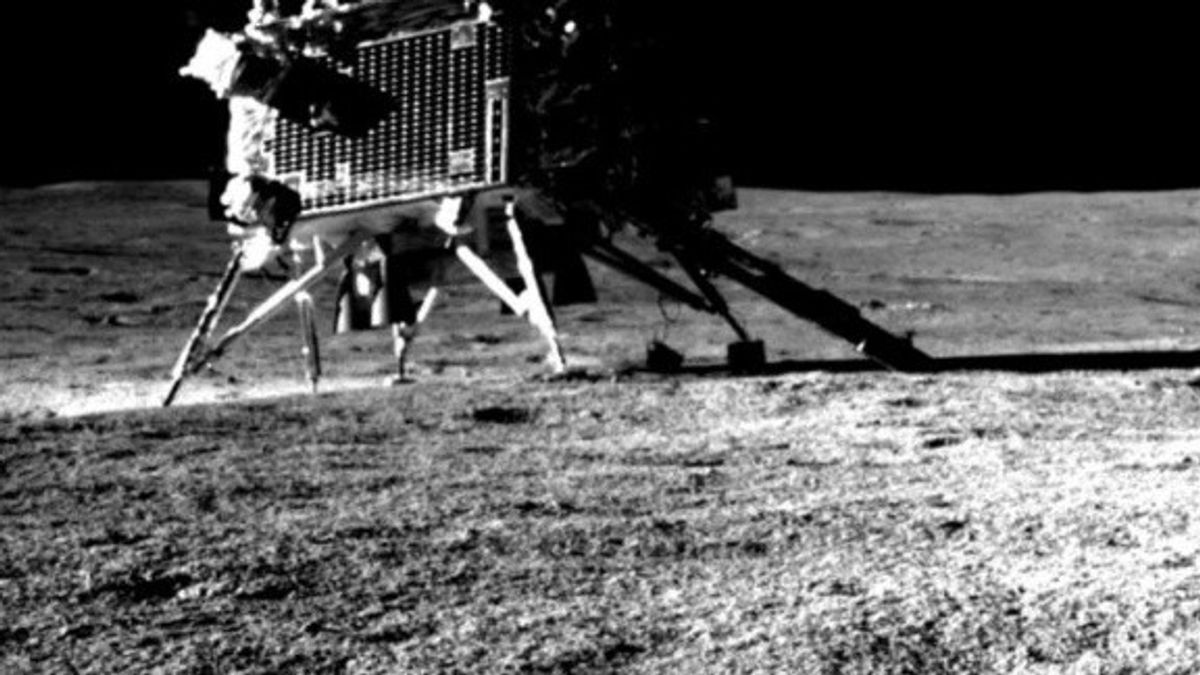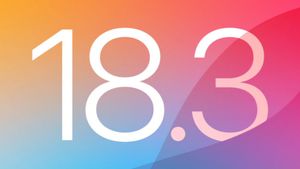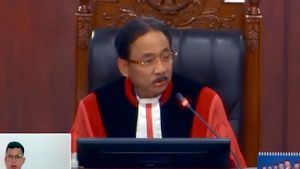JAKARTA - A few days after landing on the south pole of the moon, the robotic explorer from the Chandrayaan-3 mission, Pragyan, may have just detected an earthquake.
The earthquake was detected by one of the Instruments for Lunar Seismic Activity (ILSA) of the Virkram lander on the Chandrayaan-3 mission, which measured vibrations around the landing site.
The ILSA instrument is one of three instruments on the lander, designed specifically to search for seismic events on the Moon.
“ILSA consists of six high-sensitivity accelerometers, which are manufactured locally using the Silicon Micromachining process. "The core sensing element consists of a spring-mass system with comb-structured electrodes," ISRO said.
"External vibrations cause the spring to bend, resulting in a change in capacitance which is converted into voltage," he added.
Chandrayaan-3 Mission:
In-situ Scientific Experiments
Radio Anatomy of Moon Bound Hypersensitive Ionosphere and Atmosphere - Langmuir Probe (RAMBHA-LP) payload onboard Chandrayaan-3 Lander has made first-ever measurements of the near-surface Lunar plasma environment over the… pic.twitter.com/n8ifIEr83h
— ISRO (@isro) August 31, 2023
The first event was captured on August 26, lasting only a few seconds and was claimed to be caused by natural processes or changes in the moon's interior.
To prove it, the Indian Space Research Organization (ISRO) shared two graphs of vibration detection caused by Pragyan's movement on August 25 on the left, and a natural event on August 26 on the right.
VOIR éGALEMENT:
However, ISRO did not want to speculate too much and stated that more research was still needed to find out whether the August 26 was actually a moonquake.
Because this event can help scientists gain valuable understanding about the structure and interior of the moon, as quoted from Digital Trends, Monday, September 11.
The English, Chinese, Japanese, Arabic, and French versions are automatically generated by the AI. So there may still be inaccuracies in translating, please always see Indonesian as our main language. (system supported by DigitalSiber.id)


















